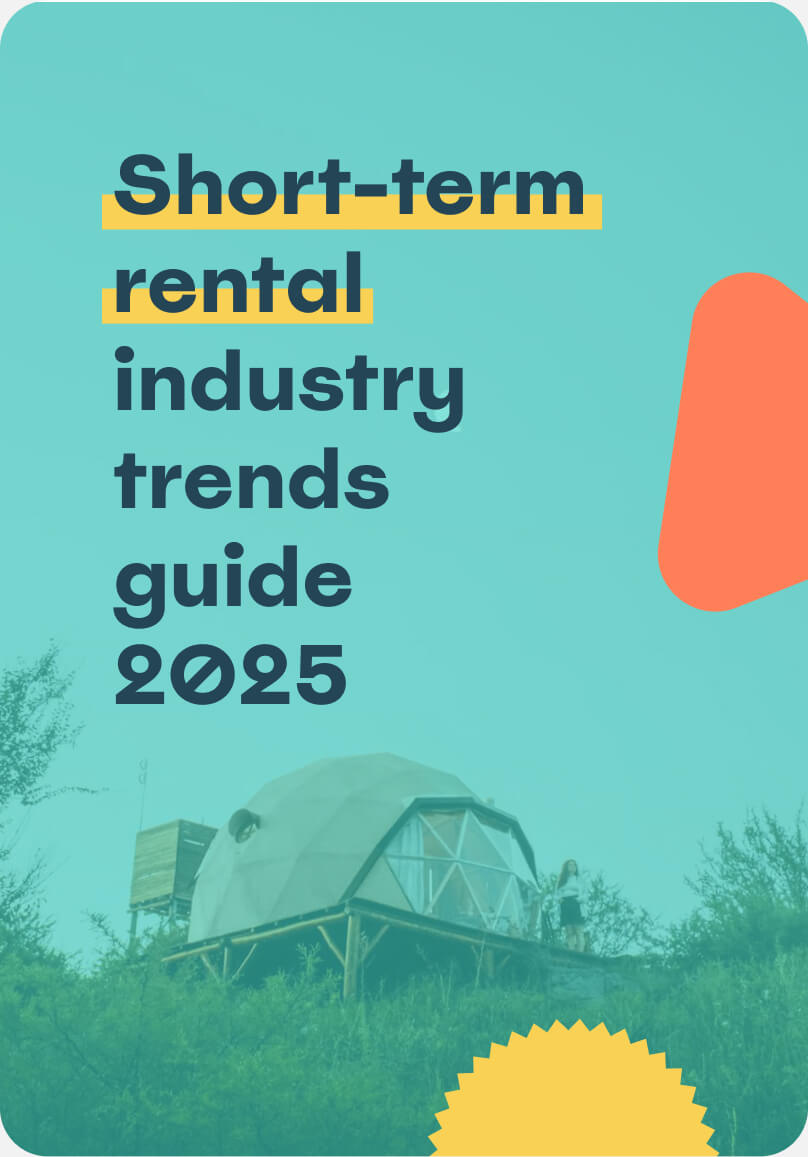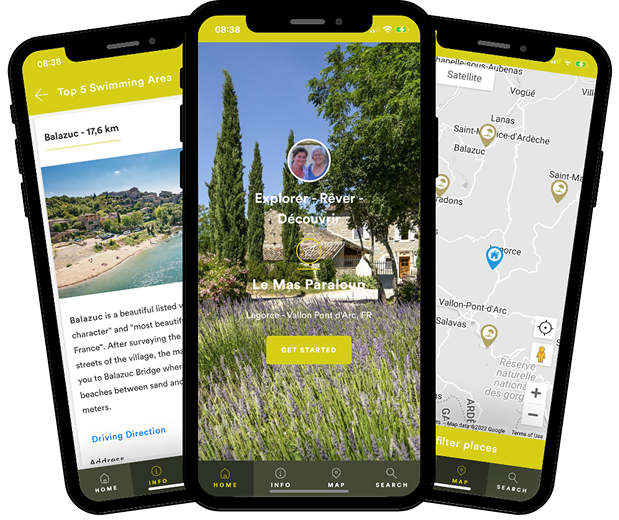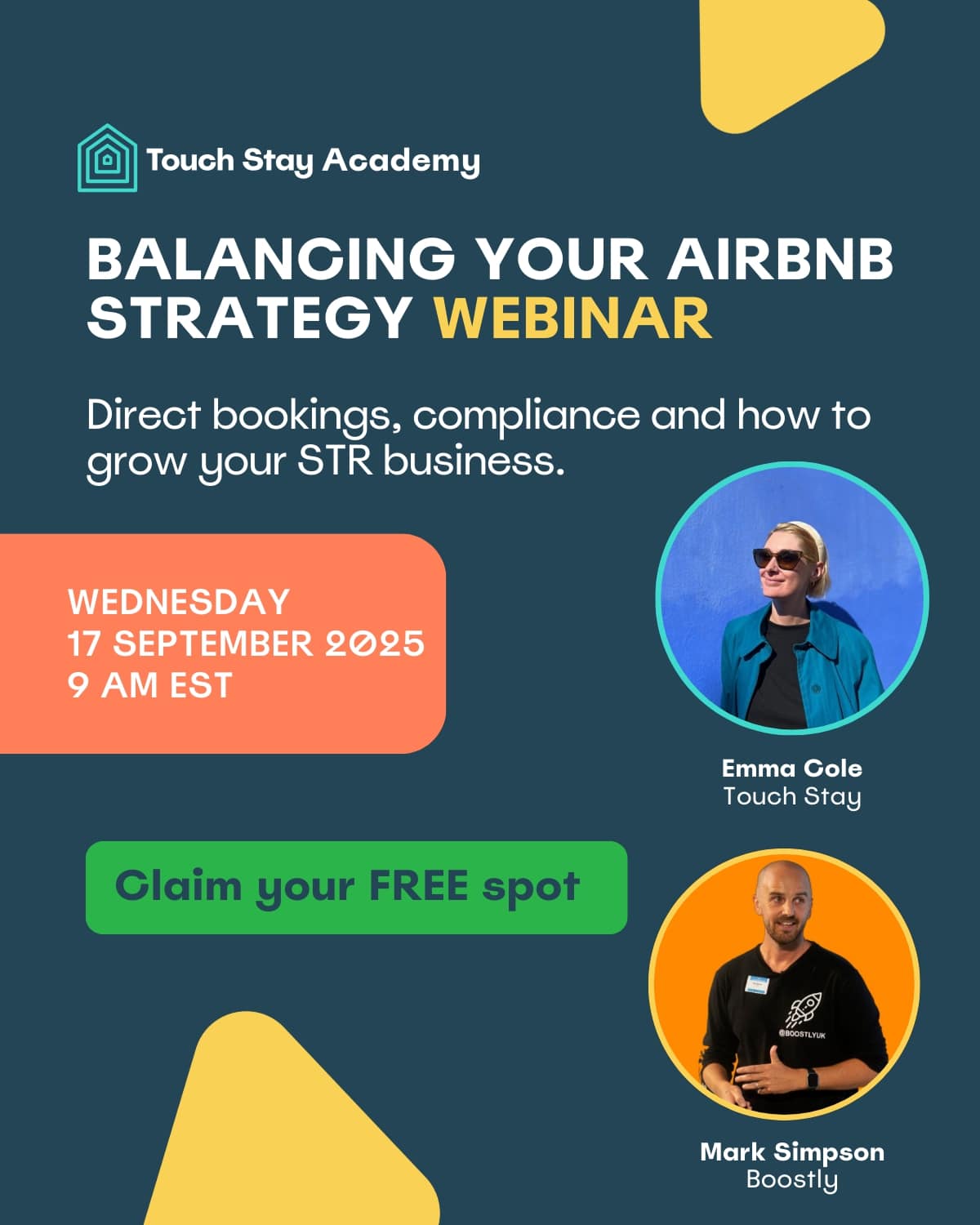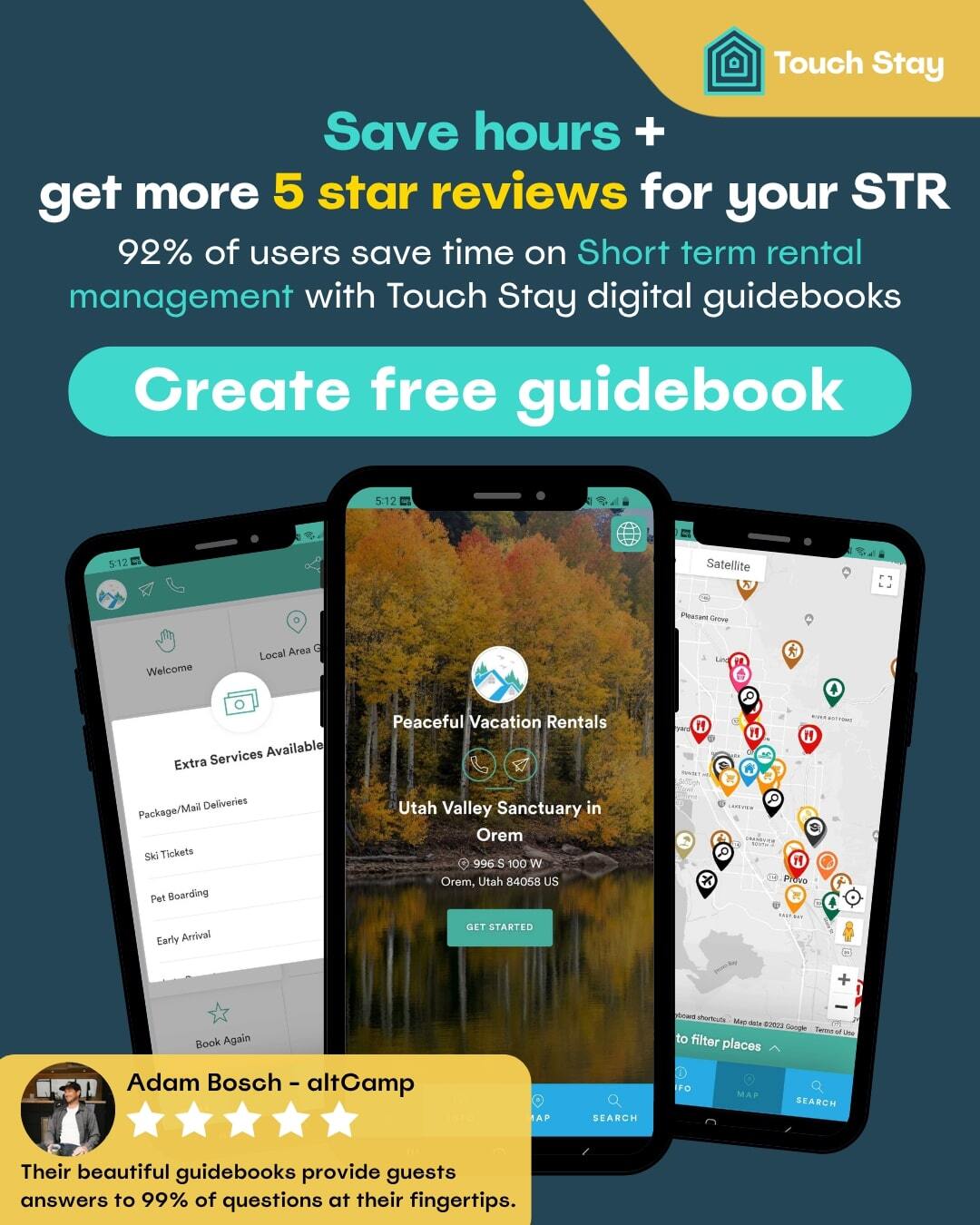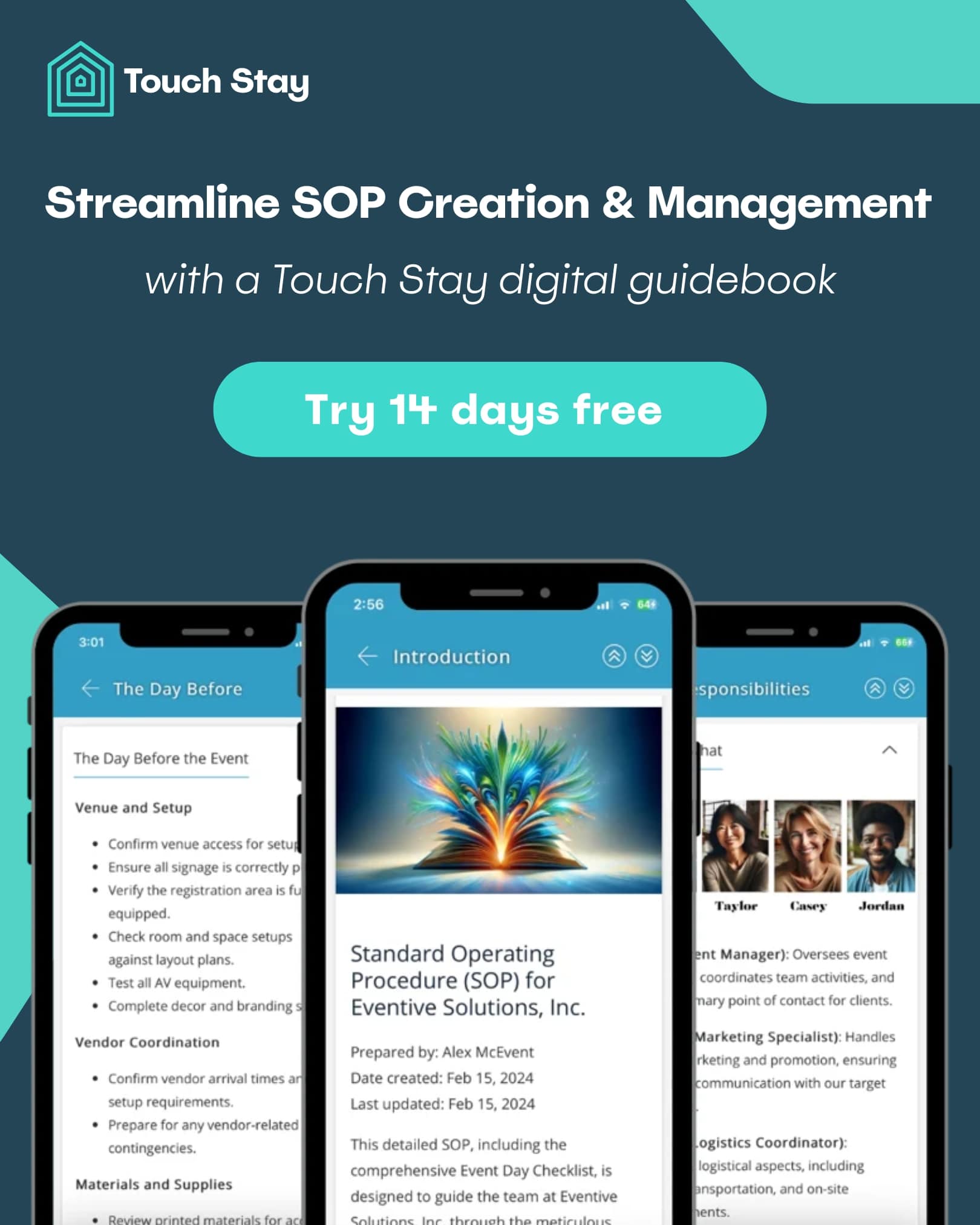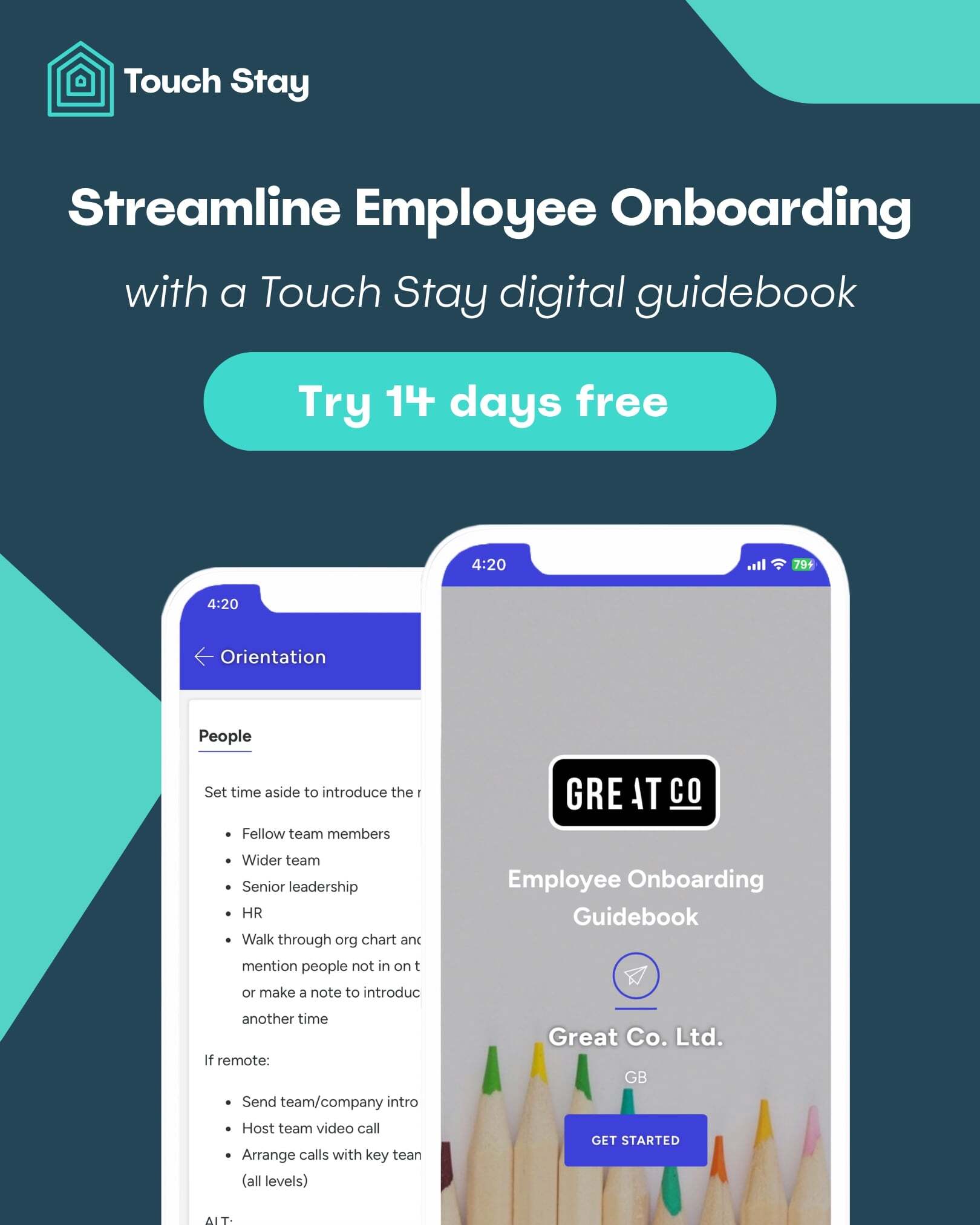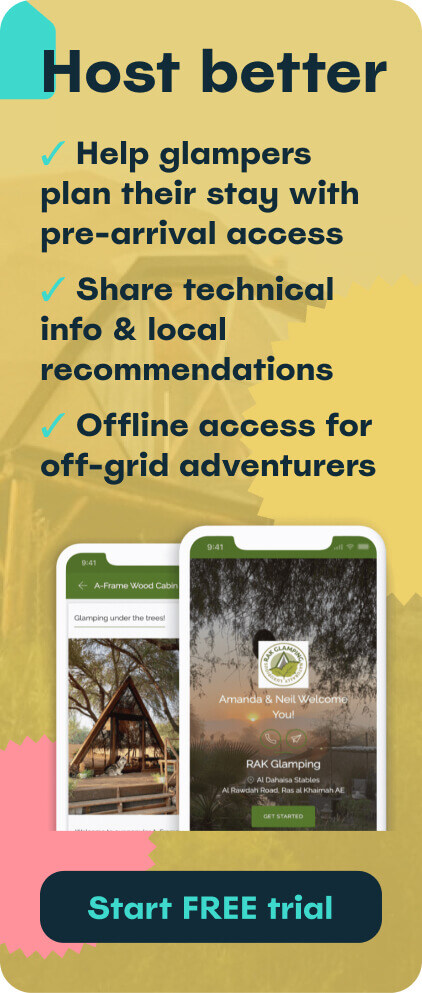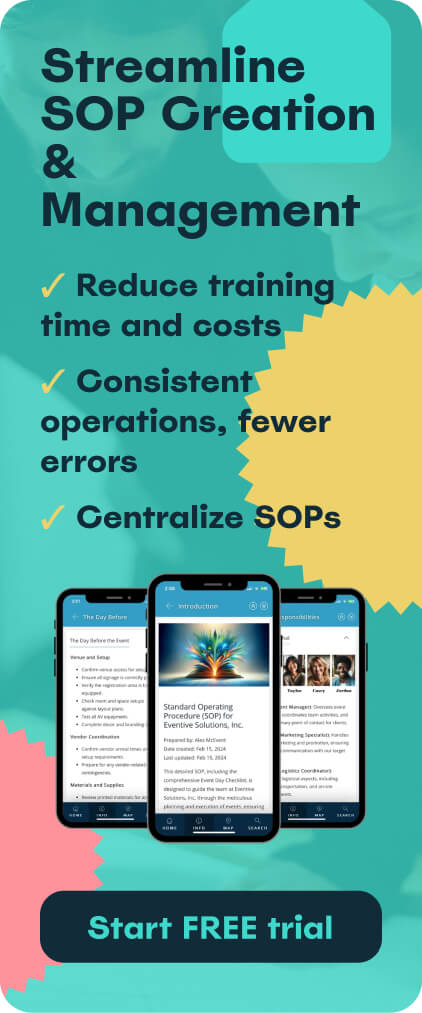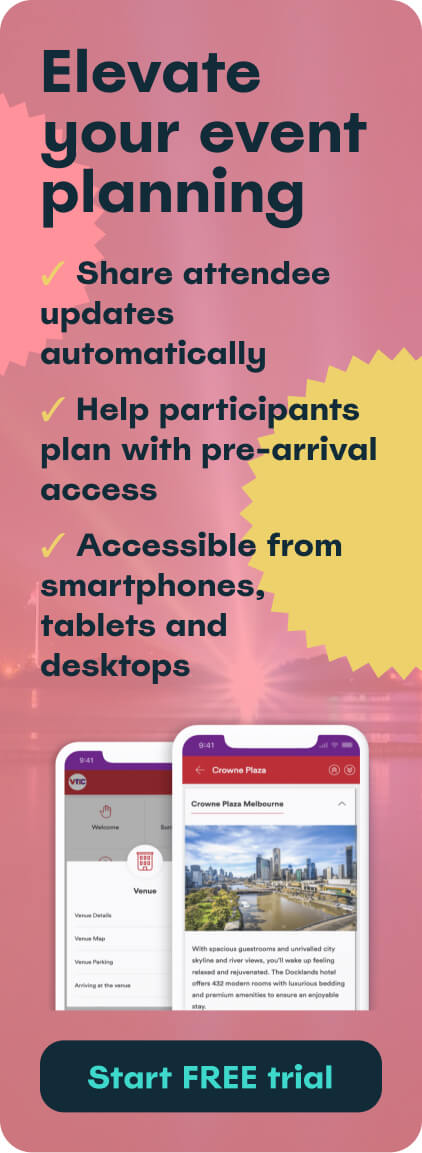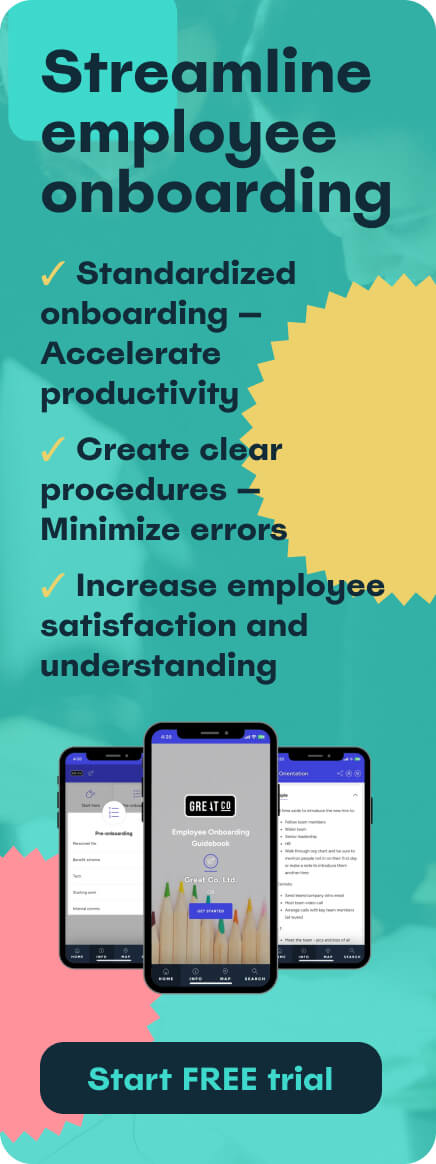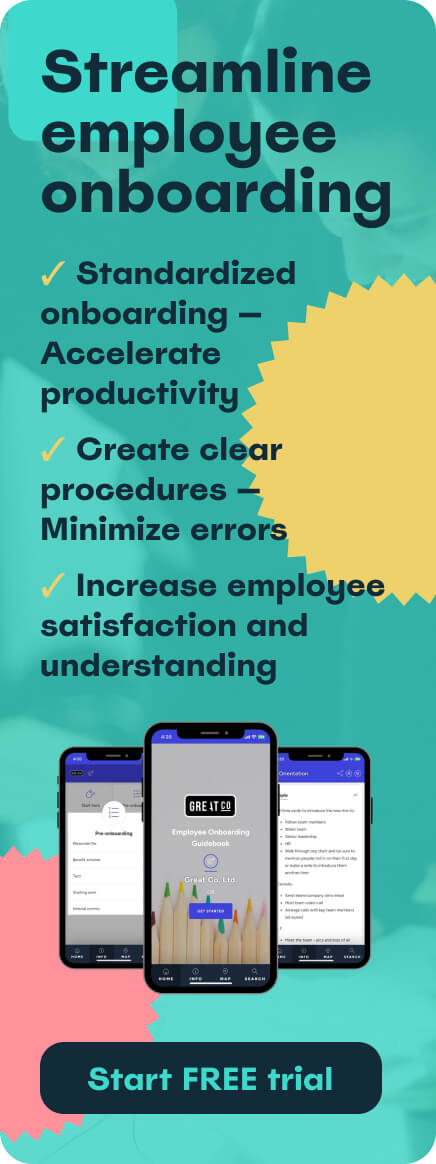Bringing a new person into your team is a pivotal moment for any business. It’s an opportunity to grow, innovate, and bring fresh energy into your workplace. However, the period between an offer being accepted and a new employee becoming a fully integrated, productive team member can be fraught with challenges.
A disorganised or lacklustre start can lead to confusion, frustration, and, ultimately, a high turnover rate. This is where a robust and thoughtful onboarding process comes in. It’s not just about filling out paperwork; it’s about creating an experience that makes a new hire feel welcomed, valued and set up for success from the very first interaction. In this comprehensive guide, we’ll explore:
- What is employee onboarding?
- Why effective onboarding matters
- Pre-boarding: preparing before day one
- Orientation: first-day essentials
- Training & development phase
- Integration & ongoing support
- Tools & templates for employee onboarding
- How to measure employee onboarding
- Common pitfalls and how to avoid them
- Employee onboarding checklist
Want to streamline your employee onboarding process? Discover how Touch Stay’s digital guidebooks can create a smoother onboarding process.
What is employee onboarding?
At its core, employee onboarding is the process of integrating a new employee into an organisation. It’s the period during which a new hire acquires the necessary knowledge, skills, and behaviours to become an effective member of the team. More than just a one-day event, it's a strategic, long-term process that can span from the moment a job offer is accepted to the first few months, or even a full year, of employment.
A truly successful onboarding process for new employees goes beyond simple logistics. It focuses on four key stages:
- Pre-boarding: This is the period between the job offer being accepted and the employee’s first day. It’s all about preparation—both for the new hire and the company. The goal is to build excitement, reduce first-day jitters and handle administrative tasks in advance.
- Orientation: This is the employee’s first day and week on the job. The focus is on introductions, company culture and getting the new hire settled in. It’s about making them feel welcome and part of the team.
- Training & development: This phase, which typically spans the first few weeks and months, is focused on providing the new employee with the specific skills, knowledge and tools they need to perform their role effectively. It includes role-specific training, access to software and understanding performance expectations.
- Integration: This final stage is about long-term support and embedding the new hire into the company’s social and professional fabric. It involves ongoing feedback, regular check-ins and opportunities for growth and development.
Understanding what employee onboarding is in its entirety—and not just as a single event—is the first step towards building a system that truly works.
Pro tip: To learn more, check out our guide: What is employee onboarding?
Why effective onboarding matters
An effective employee onboarding process is not just a 'nice to have'—it's a business imperative. The time and resources you invest in a smooth start will pay dividends in the long run. The benefits extend far beyond a single employee's experience, impacting everything from your company's bottom line to its reputation as an employer.
Boosts retention, engagement and productivity
The connection between onboarding and retention is undeniable. A Gallup study found that a staggering 88% of employees believe their employer did a poor job of onboarding. This poor experience is a significant factor in high turnover rates, with many new hires leaving within their first six months. Conversely, a well-structured onboarding process can increase new hire retention by as much as 50%. When employees feel supported and understand their role from the start, they are more likely to stay with the company for the long term.
Beyond retention, effective onboarding also drives higher levels of engagement and productivity. An engaged employee is a productive one. When new hires are quickly integrated into the team and understand how their work contributes to the company’s mission, they are more motivated and committed to their roles. This leads to faster ramp-up times and a quicker return on your investment in their talent.
Builds company culture
The onboarding period is the first time a new employee truly experiences your company’s culture firsthand. It’s your chance to not just tell them what your values are, but to show them. A successful onboarding process reinforces your mission, values and vision. It demonstrates that you value your employees and are committed to their success. This early experience sets the tone for the entire employee lifecycle. By creating a welcoming and transparent environment from the start, you can build a foundation of trust and psychological safety, which are critical components of a healthy and high-performing culture.
Pro tip: Discover what makes a good onboarding experience?
Pre-boarding: preparing before day one
The work of onboarding new employees begins long before their first day. The pre-boarding phase is a crucial window of opportunity to build excitement and handle the logistical side of things, so the new hire can hit the ground running. It’s a chance to turn the time between the job offer and the start date into a positive, engaging experience.
Here’s a look at what should be included in a thorough pre-boarding process:
- Welcome package or letter: Send a personalised welcome package. This could be a physical box with company swag like a t-shirt, water bottle, or a branded notebook, along with a handwritten note from their manager. Or, it could be a digital welcome letter with a video message from the CEO or a key team member.
- Administrative paperwork: Send all necessary paperwork (contracts, tax forms, emergency contact details, etc.) digitally so the new employee can complete it at their convenience. This frees up the first day for more meaningful interactions.
- IT and logistics setup: Ensure the new employee’s tech is ready to go on day one. This includes setting up their email address, providing laptop and phone details, and granting access to essential software and platforms. Give them a heads-up about what to expect on their first day regarding IT setup.
- Share a digital guidebook: A dedicated digital guidebook is an excellent tool for pre-boarding. It can contain all the essential information a new employee needs to know before they even walk through the door. This could include:
- A welcome message from the manager.
- Directions to the office and parking information.
- Details about their first day’s schedule.
- A brief overview of the company’s history and mission.
- FAQs about dress code, office amenities and lunch arrangements.
- Assign a buddy or team member: Introduce the new hire to their designated buddy or mentor. This person is there to be their go-to contact for non-work-related questions. A quick email or video call introduction can make a huge difference in making them feel less alone.
- Facility tours and introductions (virtual): If possible, provide a virtual tour of the office and a sneak peek at the team members they will be working with. This can be a short video or a series of photos. It helps them visualise their new workplace and feel more comfortable.
Want to reduce first-day jitters and endless questions from new hires?
See how Touch Stay makes it easy to create a comprehensive digital guidebook for employee onboarding.
Orientation: first-day essentials
The first day and week of a new employee’s journey are critical. This is the moment when all the pre-boarding effort pays off. The goal of the orientation phase is to make the new hire feel welcomed, integrated, and excited about their decision to join your team.
Here’s what a successful orientation should cover:
- Company mission, values, and organisational structure: Take the time to explain the 'why' behind what your company does. Share the vision, mission and core values. Introduce the organisational chart and explain where their team fits within the larger structure. This helps them understand their role’s impact.
- Meet-and-greets and team introductions: The first day should be all about people. Schedule a series of short, informal meetings with key team members, managers from other departments, and leadership. A team lunch or coffee break is a great way to facilitate these introductions in a more relaxed setting.
- Logistics setup: While some of the IT setup may have been done in pre-boarding, the first day is when you finalise it. Ensure they have their laptop, monitor, keyboard and any other equipment they need. Help them log in to all necessary accounts and get connected to the company network.
- Review key policies and procedures: This is the time to go over essential company policies, such as IT security, expense reporting, HR procedures, and health and safety guidelines. However, be mindful not to overwhelm them with too much information. A great way to handle this is to have this information accessible in a digital guidebook, so they can refer to it later.
- Set up the workspace: Whether they are in an office or working remotely, ensure their workspace is ready. For remote workers, this means confirming all their equipment has arrived and is working. For in-office employees, this means their desk is clean, set up, and ready to go.
Training & development phase
Once the initial orientation is complete, the focus shifts to training and development. This phase, which typically lasts for the first three months, is all about giving the new hire the tools and knowledge they need to be successful in their role.
- Role-specific skills, tools access, and performance expectations: Provide clear training on the specific tasks, responsibilities and key performance indicators (KPIs) for their role. This includes training on the software, systems, and tools they will be using every day. Make sure they have the right permissions and access to everything they need.
- Soft skills and cultural immersion: Training isn’t just about technical skills. It’s also about understanding the cultural nuances of the workplace. This could include workshops on communication styles, conflict resolution, or company-specific etiquette. A buddy or mentor can be invaluable during this phase, helping them navigate unspoken rules and norms.
Integration & ongoing support
The onboarding process for new employees doesn’t stop after a few weeks. True integration is a long-term commitment that can last for up to a year. It’s about ensuring the employee feels fully embedded in the company and has a clear path for growth.
- Feedback loops, regular check-ins and peer support: Schedule regular, structured check-ins with the new hire—at the one-month, three-month and six-month marks. These check-ins are not just about their performance; they are also an opportunity for them to provide feedback on the onboarding process itself. Encourage open and honest communication.
- Long-term alignment: As the new employee settles in, it's important to help them see their long-term future at the company. This could involve setting up a career development plan, discussing opportunities for further training, or introducing them to mentors in their field.
Tools & templates for employee onboarding
While a great onboarding employees process relies on human interaction, the right tools can make a world of difference in streamlining the administrative and informational aspects.
Project management software
Tools like Asana, Trello, or Monday.com can be used to create an onboarding checklist and workflow. This ensures all tasks, from IT setup to team introductions, are assigned and completed on time. These tools provide a clear overview of the onboarding process, making it easy to track a new hire’s progress.
HR information systems (HRIS)
Platforms like BambooHR, Workday, or Gusto handle the administrative heavy lifting. They manage everything from payroll and benefits enrolment to document signing and employee records. Using an HRIS frees up time to focus on the human side of onboarding.
Video platforms
Services like Loom or Vidyard are excellent for creating quick, personalised video messages for new hires. You can record a welcome video from the CEO, a tour of the office, or a quick tutorial on how to use a specific tool. These videos add a human touch and make the onboarding process more engaging.
Touch Stay digital guidebooks
Touch Stay's digital guidebooks have proven to be a game-changer for employee onboarding. Think of it as a personalised, interactive knowledge hub for every new hire. Instead of a series of scattered documents and emails, you can consolidate all essential information into a single, beautifully designed, and easily accessible digital guidebook.
This includes:
- A welcome message and introduction to the team.
- The company mission, values and history.
- Key policies, procedures and FAQs.
- Contact information for key personnel.
- IT and software access instructions.
- Training materials and videos.
- Office maps, parking details and dress code information.
By providing a single source of truth, you can reduce repetitive questions, save time and ensure every new employee has the same high-quality onboarding experience. This approach frees up managers and HR staff to focus on more meaningful interactions and support.
Curious how a digital guidebook can transform your onboarding?
Learn more and see examples of how Touch Stay is used for employee onboarding.
How to measure employee onboarding
To ensure your employee onboarding process is effective, you need to measure its impact. Collecting data and feedback is crucial for continuous improvement.
Key metrics to track include:
- New hire retention rate: Track the percentage of new employees who remain with the company after 90 days, six months and one year.
- Time to proficiency: Measure how long it takes a new hire to become fully productive in their role. This can be tracked through performance reviews, sales quotas, or project completion times.
- New hire satisfaction surveys: Conduct surveys at key milestones (e.g., day 30, day 90) to gather feedback on their onboarding experience. Ask questions about the clarity of information, the level of support they received and how they feel about the company culture.
- Manager feedback: Solicit feedback from managers on the effectiveness of the onboarding process. Do they feel the new hire was well-prepared? Did they have all the resources they needed?
Common pitfalls and how to avoid them
Even with the best intentions, employee onboarding can go wrong. Being aware of the most common pitfalls is the first step to avoiding them.
Disorganised logistics
The pitfall: Laptops that aren’t set up, a manager who is on holiday on the first day, and an office pass that doesn’t work. These small logistical failures can make a new employee feel like an afterthought.
How to avoid it: Create a detailed, cross-functional checklist with clear deadlines and assign responsibility to specific people. Use a project management tool to track progress and send automated reminders.
Missing paperwork
The pitfall: Forgetting to send out a contract or a tax form, forcing a new hire to spend their first morning on boring administrative tasks.
How to avoid it: Digitise all paperwork and send it out in the pre-boarding phase. Use an HRIS or a digital tool to ensure all documents are completed and signed before the first day.
Inconsistent messaging
The pitfall: The hiring manager promises one thing, but the new employee hears something different from their team members or HR. This creates confusion and erodes trust.
How to avoid it: Create a single source of truth for all essential information. A digital guidebook can provide consistent and up-to-date details about company policies, culture, and procedures.
Over-automation
The pitfall: Relying solely on automated emails and software, with no human interaction. This can make the new employee feel like just another cog in the machine.
How to avoid it: Use tools to streamline the process, but don’t forget the human element. Schedule check-ins, lunches and personalised welcomes. The goal is to blend efficiency with a warm, human touch.
Download our free Employee Onboarding Checklist that covers every important aspect of the onboarding process:
Download your FREE employee onboarding checklist!
The first few weeks and months in a new role are a delicate and transformative time. A well-designed onboarding process is your organisation’s chance to make a lasting positive impression, turning a new hire from a stranger into a valued, engaged and productive member of the team. By moving beyond a simple first-day orientation and embracing a strategic, long-term approach, you can significantly boost retention, enhance productivity, and build a stronger, more cohesive company culture.
Tools like a digital guidebook can streamline the information-sharing process, giving you more time to focus on the human connection that truly makes a difference.
Ready to create a seamless and professional onboarding experience?

Ned
Ned has clocked up over 11 years in digital marketing and comms, with a strong focus on creating engaging content for a range of brands and agencies. When he’s not writing, he can be found digging for records, peering through his telescope at the night sky, or onboard his local lifeboat where he volunteers as a crewmember.
Be the first to know!
Join our newsletter for early access to:
- ✅ Free guides
- ✅ Pro tips & tricks
- ✅ Time saving tutorials
- ✅ Latest blog posts
- ✅ Checklists & templates
